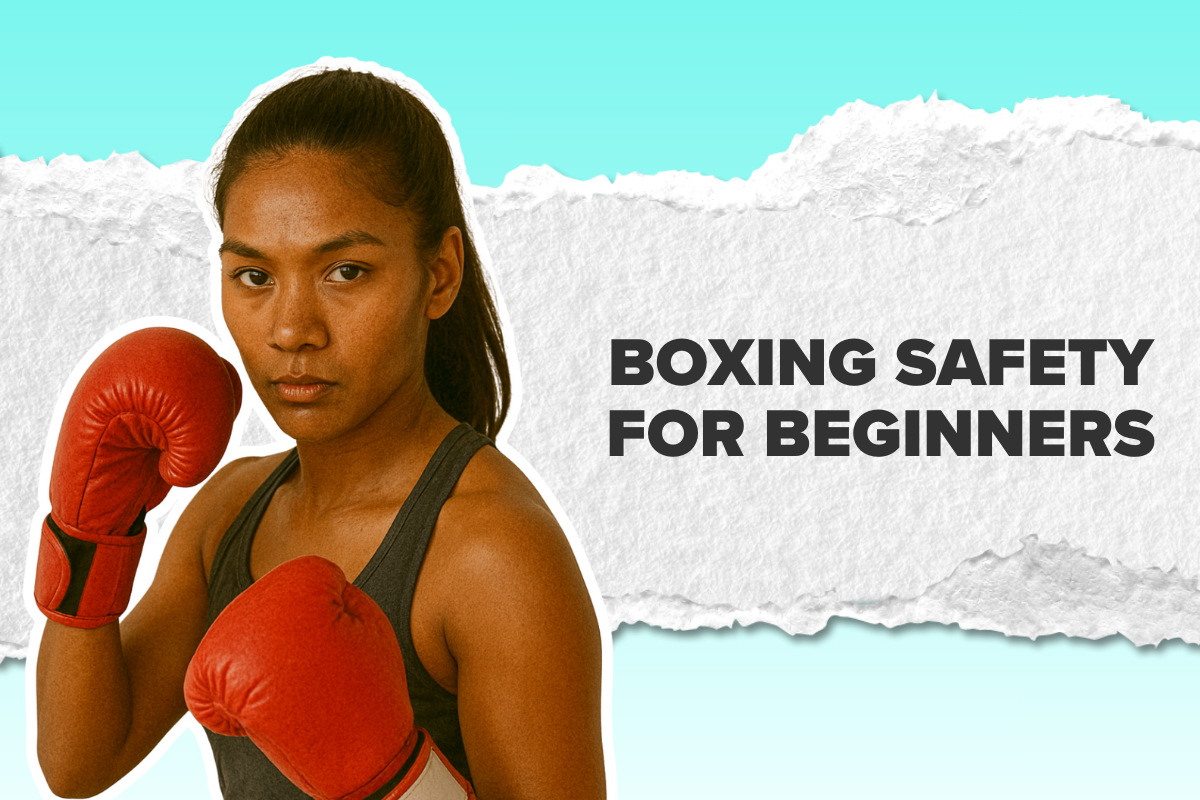Boxing has long been celebrated for its discipline, strength, and mental toughness. But it’s not just for adults—youth boxing programs are growing worldwide as more parents recognize the benefits of introducing kids to the sport. Of course, it’s natural for parents to have questions: Is it safe? What should my child expect? How do I find the right program? This guide breaks it all down so you can make an informed decision about youth boxing.
Why Consider Boxing for Your Child?
Boxing offers more than just fitness. For kids, it’s a way to develop character, confidence, and valuable life skills. Here’s what boxing can do:
-
Build Physical Fitness: Improves strength, endurance, balance, coordination, and agility.
-
Teach Discipline and Focus: Boxing requires consistency, patience, and respect for the sport.
-
Boost Confidence: Kids gain self-belief as they master new skills and see their progress.
-
Encourage Emotional Control: Boxing provides a structured outlet for stress, frustration, and energy.
-
Foster Social Skills: Training with peers helps children build friendships and learn teamwork.
Is Youth Boxing Safe?
One of the biggest concerns for parents is safety. While boxing does involve contact, youth programs are designed with protection in mind.
-
Non-contact focus: Many beginner programs emphasize fitness, technique, and drills without sparring.
-
Protective gear: When sparring is introduced, kids wear gloves, headgear, mouthguards, and hand wraps.
-
Qualified coaches: The best gyms use trainers with experience in both boxing and youth development.
-
Structured progression: Children learn fundamentals first before moving toward controlled sparring.
With proper guidance, boxing is no more dangerous than other contact sports like soccer, basketball, or martial arts.
What to Expect From a Youth Boxing Program
A typical youth boxing program will include:
-
Warm-ups and conditioning: Jump rope, agility drills, push-ups, and core work.
-
Technique training: Learning stance, footwork, and punches (jab, cross, hook, uppercut).
-
Bag and pad work: Practicing combinations on a heavy bag or focus mitts.
-
Defense skills: Slipping, blocking, and learning how to move safely.
-
Optional sparring: Introduced later, with full supervision and protective equipment.
Most classes run between 45–60 minutes and are tailored by age group. Younger kids focus more on coordination and fun, while older children gradually build skills and stamina.
How to Choose the Right Boxing Gym for Your Child
Not all gyms are the same. Here are key things to look for:
-
Youth-specific programs: Ask if they run classes tailored to kids and teens.
-
Coach qualifications: Instructors should know how to work with children, not just adults.
-
Safety culture: Programs should emphasize technique, discipline, and protection—not just power.
-
Clean, welcoming environment: The gym should feel supportive, safe, and inclusive.
-
Trial class availability: Many gyms offer trial sessions so your child can experience it before committing.
Tip: Visit the gym with your child to meet the coaches and watch a class in action.
What Equipment Will My Child Need?
At the start, many gyms provide basic equipment. Eventually, your child may want their own gear for hygiene and comfort:
-
Hand wraps – protect wrists and knuckles.
-
Boxing gloves – sized appropriately for children’s hands.
-
Mouthguard – essential once sparring begins.
-
Headgear – for protection during supervised sparring.
-
Comfortable clothes and shoes – breathable and easy to move in.
Investing in properly fitted equipment makes training safer and more enjoyable.
Supporting Your Child as a Boxing Parent
Your role as a parent is to encourage, support, and keep the experience positive:
-
Celebrate effort, not just wins. Boxing is about personal growth, not only competition.
-
Listen to your child. If they feel nervous or overwhelmed, talk through it and communicate with their coach.
-
Promote balance. Make sure boxing complements school, friendships, and downtime.
-
Stay involved. Attend classes, watch sparring, and cheer them on—it means a lot to kids.
Final Thoughts
Boxing can be a fantastic sport for kids, offering fitness, confidence, discipline, and resilience. With the right program, coaches, and support from you, your child can gain lifelong skills both inside and outside the ring.
And when your young fighter is ready for quality gear, check out KO Studio, a women’s boxing gear company dedicated to empowering boxers of every age.



